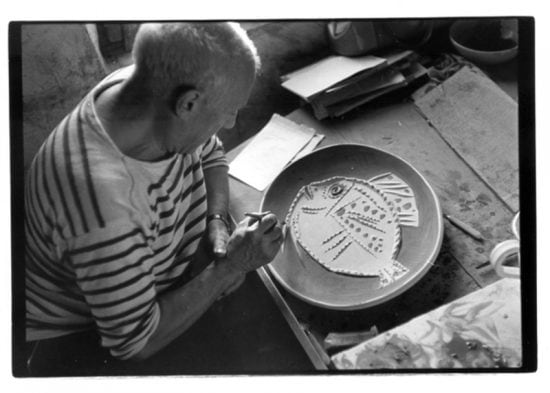
Uncovering the Fascinating World of Pablo Picasso Pottery
Pablo Picasso is widely known for his groundbreaking contributions to the world of art, particularly in the realms of painting and sculpture. However, many are unaware of his lesser-known yet equally fascinating work in pottery. Let's delve into the captivating world of Pablo Picasso's pottery creations.
What inspired Picasso to venture into pottery?
During the late 1940s, Picasso's interest in pottery was piqued when he visited the Madoura pottery workshop in Vallauris, France. The opportunity to work with skilled artisans and explore a new medium sparked his creativity, leading to a prolific period of ceramic artistry.

What sets Picasso's pottery apart?
One of the most distinctive features of Picasso's pottery is his bold and expressive use of color and form. His ceramic pieces often feature whimsical motifs, abstract shapes, and playful designs that showcase his unique artistic vision.

How did Picasso's pottery impact the art world?
Picasso's foray into pottery not only expanded his own artistic horizons but also had a significant influence on the art world at large. His innovative approach to ceramics challenged traditional notions of the medium and inspired a new generation of artists to explore the possibilities of pottery as a form of artistic expression. It is interesting to note Picasso did not throw, turn, or build the original vessels that he placed his designs upon. Studio potters employed by Madoura Ceramics produced the pottery, and Picasso altered and decorated them with his personal aesthetic.
What are some notable examples of Picasso's pottery?
Some of Picasso's most iconic pottery pieces include whimsical animal figures, abstract faces, and intricately designed plates and vases. Each piece showcases his unparalleled creativity and mastery of form, making them highly sought after by collectors and art enthusiasts alike. Below are a few more examples. The first example was created in 1952 is the fish plate we see in the cover photo to this blog post.

This second example is a vase from 1958, and the surface decoration shows one of Picasso's most iconic designs: the bull arena.

Below is one of my personal favorites: a lamp shaped like a woman with a face that is undeniably Picasso:

Last but not least, Picasso produced 100 copies of a plate that contains a slip-trailed image of his "immortal beloved," Jacqueline Roque. She worked as a studio assistant at Madoura Ceramics. They lived and worked together for 20 years.

Why is Picasso's pottery worth exploring?
Exploring Picasso's pottery not only offers a glimpse into the artist's multifaceted talent but also provides a deeper understanding of his artistic evolution. By studying his ceramic works, art lovers can gain insight into Picasso's creative process and the unique perspective he brought to the world of pottery.
In conclusion, Pablo Picasso's pottery masterpieces represent a fascinating chapter in the artist's illustrious career. By delving into the world of Picasso's ceramics, art enthusiasts can uncover a rich tapestry of creativity, innovation, and artistic expression that continues to inspire and captivate audiences around the globe.
